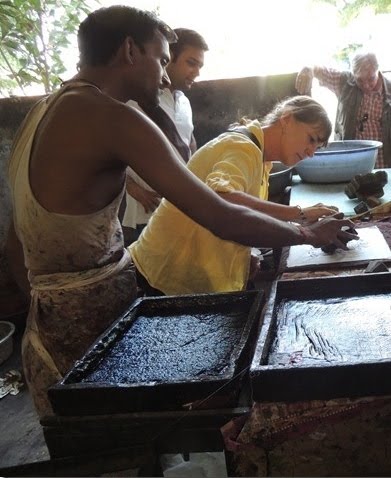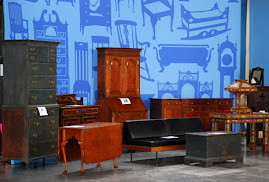 |
| Contemporary Turkish Rugs |
need for appraisals on fine art, antiques and collectibles. And rightly so, as the valuation of art, sterling silver, period furniture and other decorative arts items is virtually impossible if the item is destroyed or lost during a disaster. In a recent article in the May 2011 issue of ARTnews by Eileen Kinsella titled “In Praise of Appraisals” Kinsella interviews several insurance experts about insurance and appraisals, and outlines the need for collectors to have both. In the article various insurance alternatives are discussed, and the need for Insurance appraisals is emphasized.
 |
| Sterling Silver |
Also discussed in the article is the fact that appraisals need to be current, as values do change. In the article, Vice President Mary Pontillo of the insurance firm DeWitt Stern is quoted as saying “You definitely want to be insured for the value the current market would sustain.” And I agree; appraisals need to be current in order to adequately reflect the replacement cost, as values to fluctuate up and down.
In the decorative arts areas, additional insurance coverage may or may not be required, but proof of valuation will always be required in the event of a loss. Ms. Kinsella does discuss the fact that many collectors don’t have items appraised due to the cost involved. And I agree that a lot of collectors don’t have current appraisals as they think appraisals updates are costly.
However, appraisal cost perception is probably unwarranted. I would like to suggest that for most art and decorative arts items, appraisals can be procured at a reasonable cost, especially when considering the value of the item! I offer the following suggestions:
*Have all of your items appraised at one time. There is a “sunk” cost associated with the appraiser’s writing the core appraisal document, and that cost would be incurred multiple times if you have your items appraised at different times.
*Procure the services of an experienced and ISA certified appraiser. Don’t waste your money using a least cost appraiser who doesn’t have the right credentials, as it may result in an appraisal that cannot be defended in court in the event of a loss. Appraisals should contain certain elements and be written to USPAP standards, as I have discussed on my website, and using appraisers who don’t adhere to these practices will be a waste of your money.
*Use an appraiser who archives electronic appraisal records for five years. Our firm retains the document in electronic form, so as values change during a five year period, our clients can have items revalued at a lower cost, as some of the original appraisal information can be reused. As appraisals become outdated, a new appraisal can be obtained at a fraction of the original cost.
*Get an appraisal estimate in advance. Professional appraisers will normally quote you an hourly rate, but once they see the items and understand exactly what you need to have appraised for insurance purposes, they should be able to provide you with an estimated number of hours.
The other thing that I found missing from the article was the overlooking of the International Society of Appraisers (ISA) in the list of appraiser credentialing organizations. ISA is one of only two organizations that test their members on appraisal theory as well as subject matter material AND retest their appraisers on a routine basis. I am a member of this organization, and in order to maintain my certification, I am request to retest every five years.
I appreciate ARTnews addressing the subject of insurance appraisals, and hope that not only art collectors, but collectors of sterling silver, period furniture, Chinese pottery and ceramics, Chinese export porcelain, Asian art, cloisonné and other collectible items will make sure they have current appraisals that not only reflect current valuation but also accurately document the items in the collection, as you never know what can happen to your precious collection.
Vicky Nash Shaw, ISA CAPP
Certified Antique and Art Appraiser
919 475-6930




